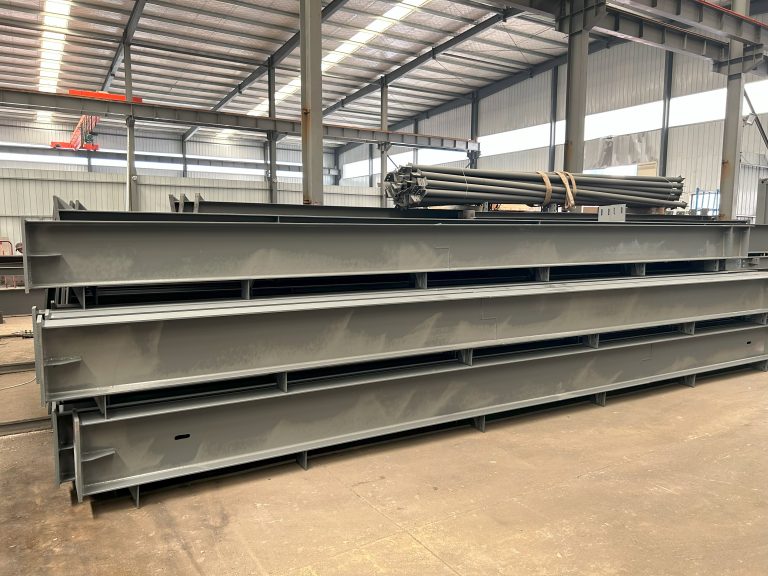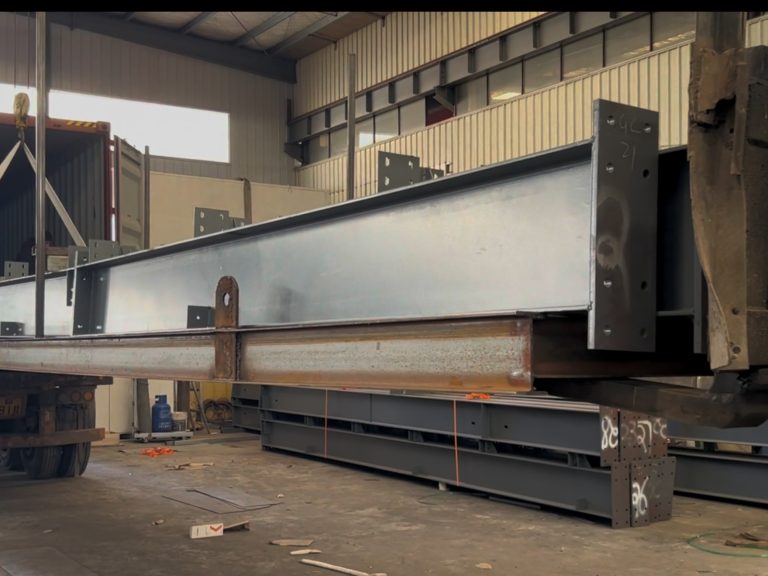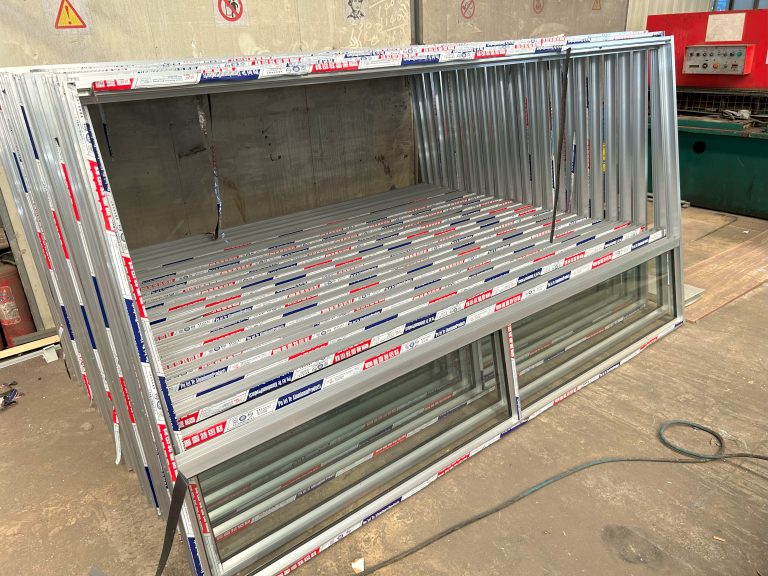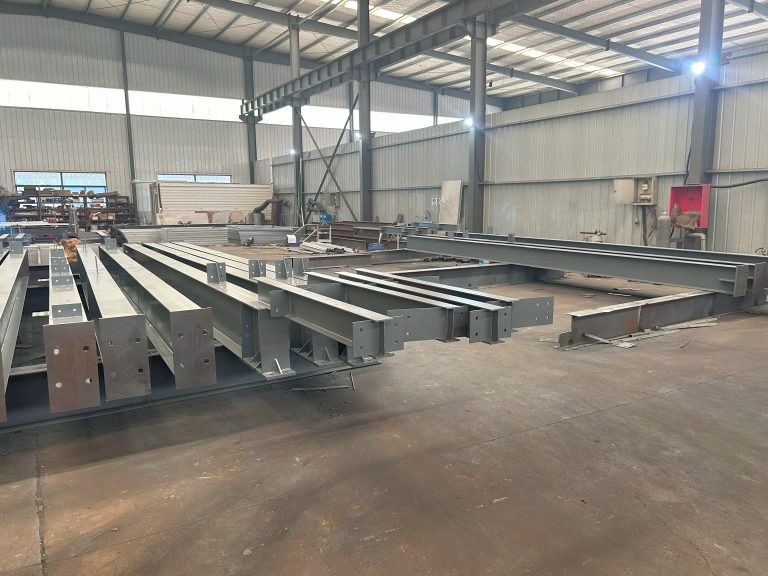How to conduct regular inspection and maintenance of building materials treated with anti-rust coatings?
Importance of Regular Inspection and Maintenance for Building Materials Treated with Anti-Rust Coatings
Regular inspection and maintenance of building materials treated with anti-rust coatings is crucial to ensure the longevity and effectiveness of these coatings. Anti-rust coatings are applied to metal surfaces to prevent corrosion and rust formation, which can weaken the structure of a building over time. By conducting regular inspections and maintenance, property owners can identify any issues early on and take the necessary steps to address them before they escalate into more serious problems.
One of the key reasons why regular inspection and maintenance are important for building materials treated with anti-rust coatings is to ensure that the coatings are still intact and providing adequate protection. Over time, these coatings can wear down due to exposure to the elements, physical damage, or other factors. By inspecting the coated surfaces regularly, property owners can identify any areas where the coating has worn away or become damaged and take action to repair or reapply the coating as needed.
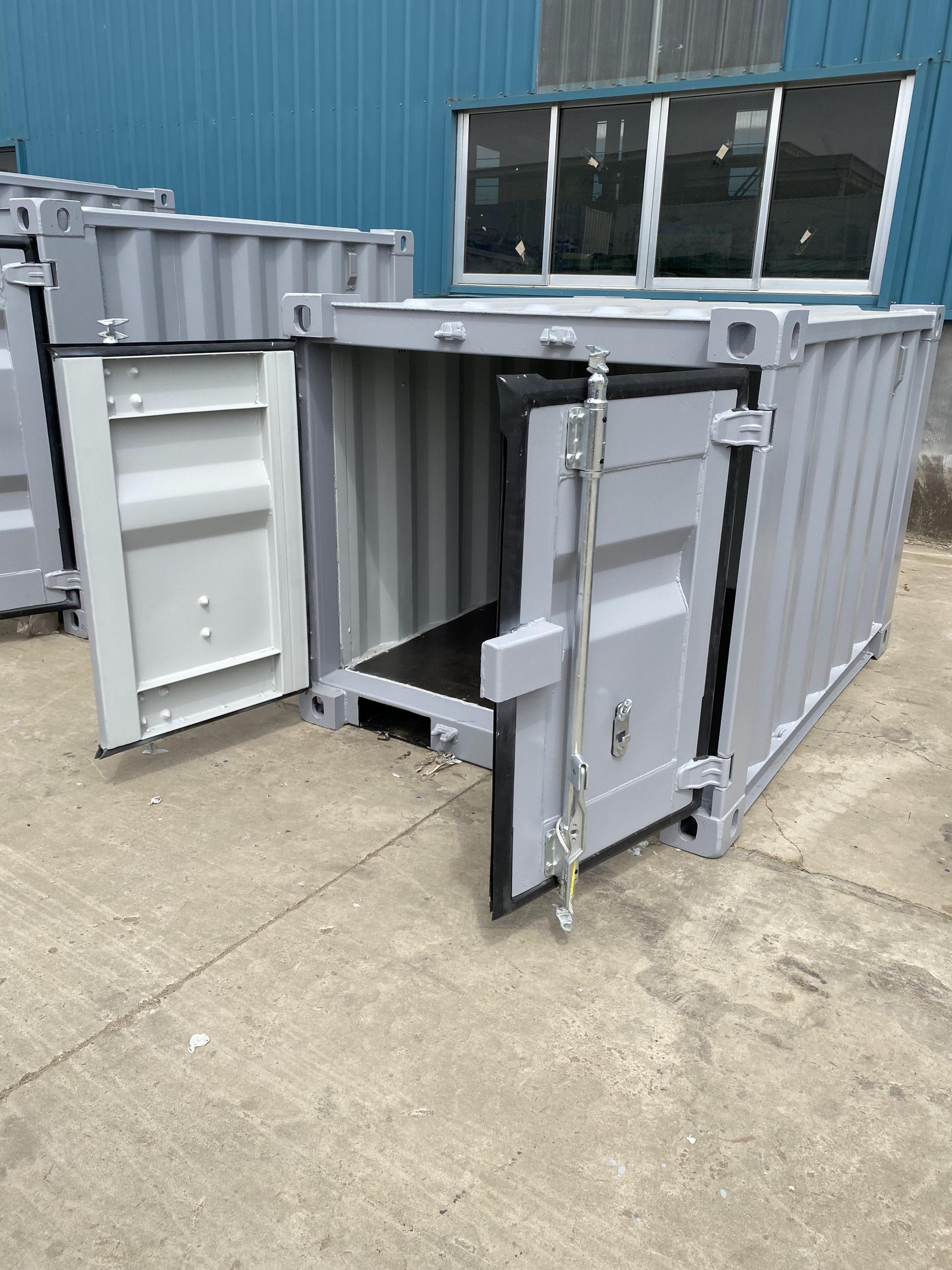
In addition to checking the condition of the anti-rust coatings, regular inspections can also help property owners identify any signs of corrosion or rust that may be developing underneath the coating. Even the best coatings can fail to provide complete protection, especially if they are not applied properly or if the metal surface was not properly prepared before the coating was applied. By inspecting the coated surfaces regularly, property owners can catch any signs of corrosion early on and take steps to address the issue before it spreads and causes more extensive damage.
When conducting inspections of building materials treated with anti-rust coatings, it is important to pay attention to any areas where moisture may be able to penetrate the coating. Moisture is one of the main causes of corrosion and rust formation, so it is essential to ensure that the coating is providing a watertight seal on the metal surface. Property owners should look for any signs of bubbling, peeling, or discoloration on the coated surfaces, as these can indicate that moisture is getting underneath the coating and causing damage to the metal underneath.
In addition to regular inspections, property owners should also establish a maintenance schedule for building materials treated with anti-rust coatings. This schedule should include regular cleaning of the coated surfaces to remove any dirt, debris, or other contaminants that could compromise the effectiveness of the coating. Property owners should also consider applying a fresh coat of anti-rust coating every few years to ensure that the protection is maintained and any areas of wear or damage are addressed.
By conducting regular inspections and maintenance of building materials treated with anti-rust coatings, property owners can ensure that their structures remain in good condition and are protected from the damaging effects of corrosion and rust. Investing the time and effort into maintaining these coatings can help property owners avoid costly repairs and replacements down the line, as well as extend the lifespan of their buildings. Ultimately, regular inspection and maintenance are essential practices for anyone looking to preserve the integrity and longevity of their building materials treated with anti-rust coatings.

